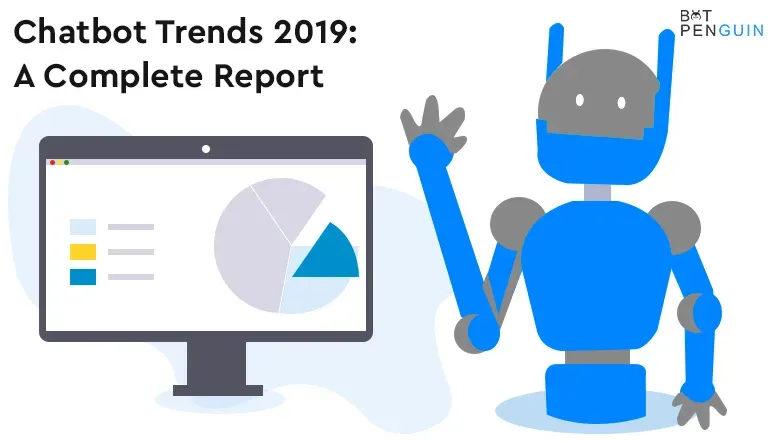Welcome to the captivating world of chatbots!
These revolutionary virtual assistants have gained immense popularity, providing businesses with a quick and easy way to engage with customers, answer queries, and offer solutions. This step-by-step guide delves into open-source chatbot tools, unlocking the secrets of building your chatbot masterpiece.
Whether you're an experienced developer or new to coding, this comprehensive guide empowers you to create a chatbot without needing expensive proprietary software.
Discover the limitless possibilities of open-source chatbot tools as we explore their benefits, various open-source AI chatbot types, operational insights, and real-world success stories.
According to a Microsoft study, 91% of consumers feel that a company's customer service is a key determinant in whether or not to do business with them.
Gain invaluable insights and practical know-how, harnessing artificial intelligence, natural language processing, and automation to craft an intelligent, engaging, interactive conversational agent.
Prepare yourself for an exciting journey where you become the master of the chatbot universe. So fasten your seatbelts and prepare to embark on this captivating journey into the fascinating world of open source ai chatbot creation!
Types of Chatbots
Chatbots can be classified into two main categories:
- Rule-based chatbots
- AI-based chatbots

Rule-based chatbots use predefined rules and decision trees to respond to user queries.
On the other hand, AI-based chatbots utilize machine learning (ML) and natural language processing (NLP) algorithms to comprehend user inquiries and deliver more tailored replies.
Open-source artificial intelligence chatbots process user input and reply using computer languages.
They frequently link to other systems through APIs, such as databases or web services, to retrieve data and deliver pertinent user answers.
Customer support, e-commerce, and healthcare are well-known use cases for chatbots.
For instance, a chatbot for customer support may answer commonly asked inquiries and help clients.
An e-commerce chatbot, on the other hand, may assist customers in finding goods, making purchases, and following up on orders.
What are Open Source Chatbot Tools for AI Chatbot Development?
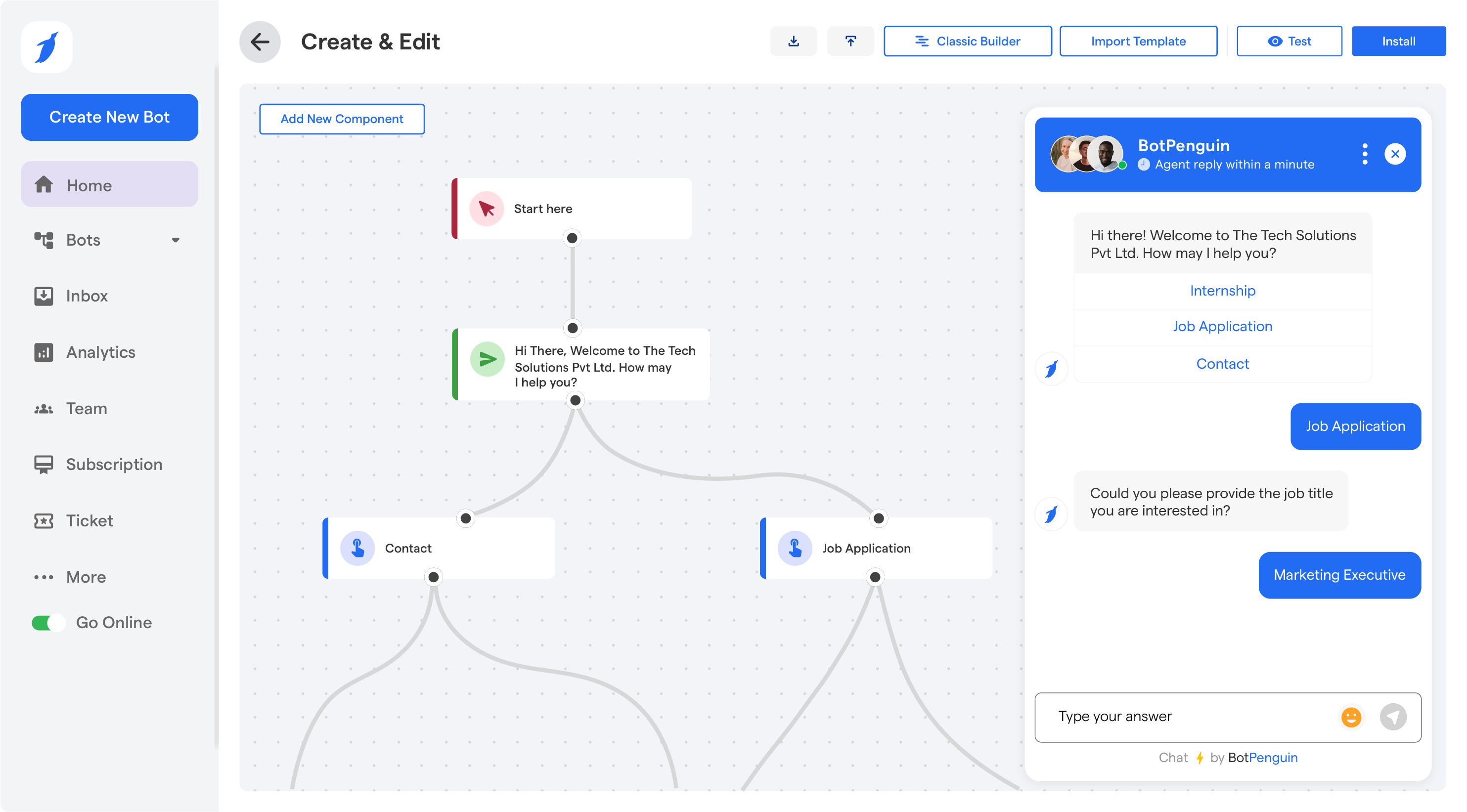
Several open-source chatbot tools are available for ai chatbot development, including Botpenguin, Botpress, Rasa, Dialogflow, and ChatterBot. These tools provide various characteristics, like natural language processing, machine learning, and conversation management.
Botpenguin is a popular open-source chatbot tool with a drag-and-drop interface for creating chatbots. It also supports NLP and ML algorithms, making it a good choice for AI-based chatbots.
It is important to consider all the features and capabilities needed for your project and the technical ability necessary to use the tool when selecting an open-source platform for chatbot creation.
Before Building a Chatbot, Design your Development Environment
Before building an open-source ai chatbot, setting up a local development environment is essential.
This can involve installing the necessary software and dependencies, such as Python and the appropriate libraries, and configuring your environment for chatbot development.
For example, if you use Python to build your chatbot, you may need to install packages such as TensorFlow or Keras for machine learning and Flask or Django for web development.
How to Build a Chatbot Using Open-Source Tools
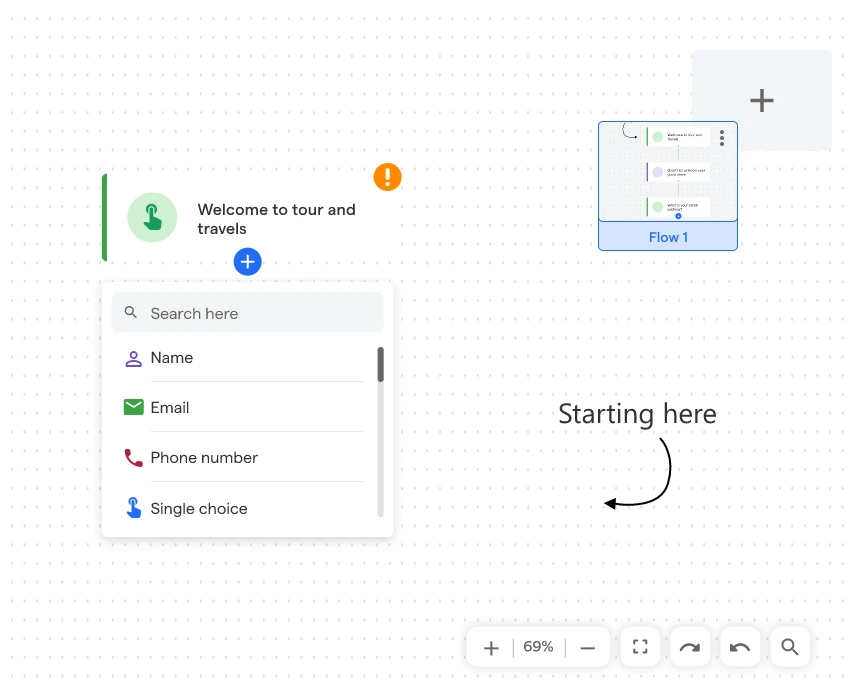
Building a chatbot using open-source tools can be an efficient and cost-effective way to create your conversational AI solution.
Here is a step-by-step guide to help you get started:
Step 1
Define the Purpose and Scope
Determine the purpose and goals of your chatbot. Identify the specific tasks it should perform and the target audience it will interact with.
This will help you design the chatbot's functionality and capabilities.
Step 2
Select an Open Source Chatbot Framework
Several open-source chatbot frameworks are available that provide the necessary tools and libraries for building a chatbot. Some popular options include:
- Botpenguin: BotPenguin is an AI-powered chatbot platform that allows users to create and deploy chatbots for various purposes.
It offers a user-friendly interface and provides tools and features to build, customize, and manage chatbots without extensive coding knowledge.
- Rasa: A widely-used open-source framework that offers natural language understanding (NLU) and dialogue management capabilities.
- Chatterbot: A Python library that allows you to create chatbots using machine learning algorithms.
Step 3
Prepare Training Data
To train your chatbot, you'll need a dataset of example conversations. Prepare a set of questions, user inputs, and the corresponding responses that your chatbot should provide.
Make sure to cover a wide range of possible inputs and desired outputs.
Step 4
Train the Chatbot
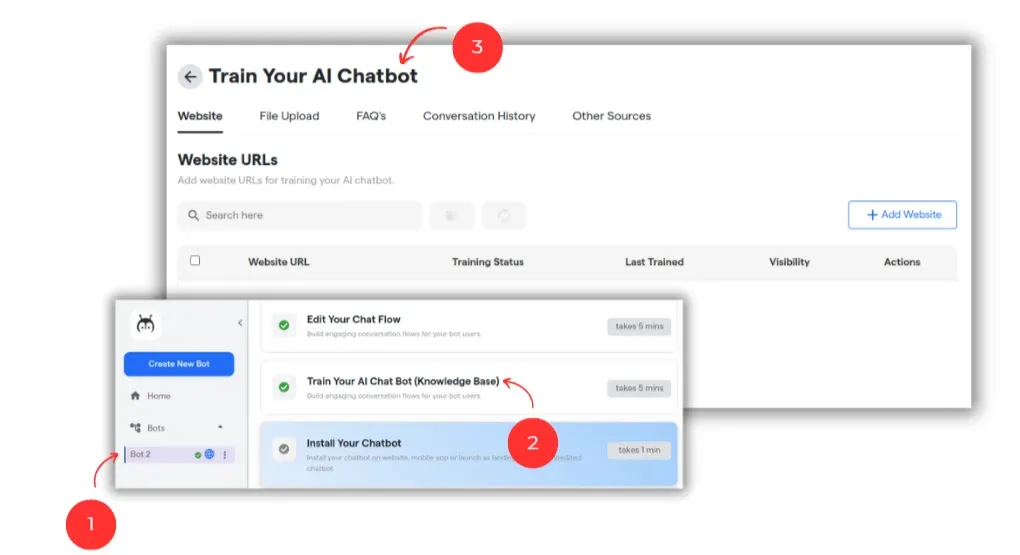
Use the selected chatbot framework using the prepared training data to train your chatbot.
This typically involves training the NLU model to understand user inputs and the dialogue management model to generate appropriate responses. Follow the documentation and guidelines provided by the framework to train your chatbot effectively.
Step 5
Integrate External Services (Optional)
Depending on the functionality you want to incorporate, you may need to integrate external services or APIs.
For example, you might integrate a language translation service or a weather API to provide additional features to your chatbot. Identify the necessary integrations and follow the respective documentation to set them up.
Step 6
Test and Iterate
Once your chatbot is trained and integrated with any external services, thoroughly test it to ensure it performs as expected.
Engage in conversations and validate that the chatbot understands user inputs correctly and provides accurate and relevant responses.
Iterate and refine the training data and chatbot configuration based on the test results to improve performance.
Step 7
Deploy the Chatbot
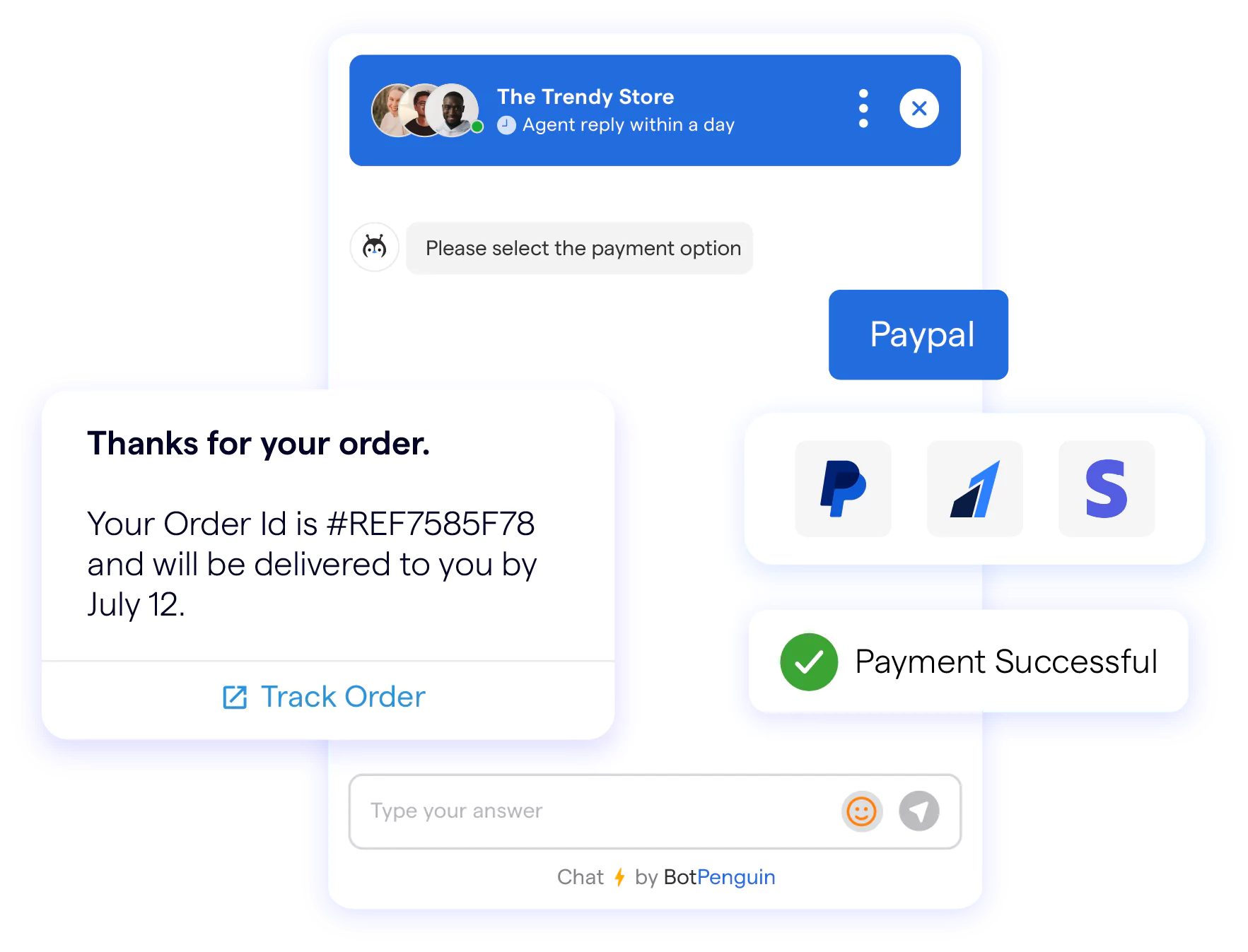
Choose a hosting platform or server to deploy your chatbot. This could be a cloud-based platform like Heroku or a self-hosted server.
Set up the necessary environment and deploy your chatbot code. Make sure it is accessible and can handle user interactions effectively.
Step 8
Monitor and Maintain
Regularly monitor your chatbot's performance and user interactions. Analyze user feedback and usage patterns to identify areas for improvement. Maintain and update your chatbot regularly to keep it up-to-date with changing user needs and emerging technologies.
Following the above steps, you can build a chatbot using open-source tools. Remember to customize your chatbot's functionality and design to align with your specific requirements and the needs of your target audience.
How to Test your Chatbot's Functionality
You can use many methods to test your open-source ai chatbot's functionality, such as manual, automated, and user testing.
Testing your chatbot thoroughly before deploying it to production is important to ensure it works as intended and is user-friendly.
Strategies for Improving Chatbot Performance
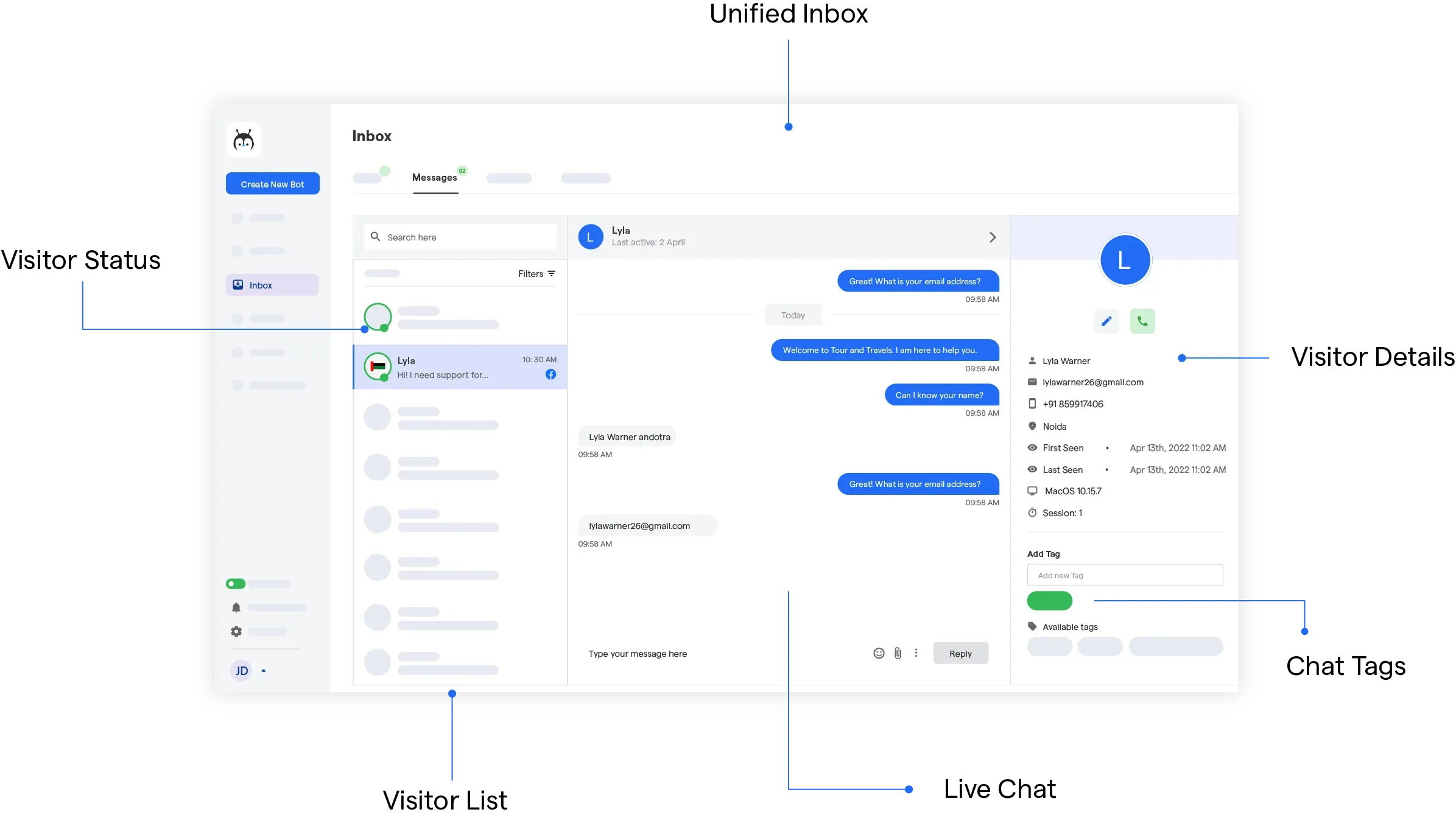
To improve your open-source chatbot tools performance, you can implement strategies such as improving natural language processing, adding more training data, and incorporating user feedback.
Regularly monitoring your chatbot's performance and making adjustments as necessary can help improve its overall effectiveness.
Deploying your Chatbot to Production
Before deploying your chatbot to production
- Test it to ensure it works appropriately and thoroughly.
- Consider implementing a beta testing phase to gather feedback from a smaller group of users before releasing it to the general public.
- Once you're ready to deploy, follow the appropriate deployment procedures for your platform and monitor your chatbot's performance once it's live.
Suggested Reading:
Open Source vs. Proprietary: Which Chatbot is Right for You?
The Future of Open Source AI Chatbot
With the development of different-different new technology, the open-source ai chatbot development area is constantly changing.
Open-source ai chatbots are anticipated to be utilized even more often across various sectors and applications as they develop sophistication and usability.
To learn more about chatbot development and get support as you build your chatbot, many resources are available online, including chatbot development platforms, forums, and communities.
Some popular chatbot development platforms include Botpenguin, Dialogflow, Microsoft Bot Framework, and IBM Watson Assistant. Additionally, many online courses and tutorials are available for learning how to develop chatbots, as well as books and articles on the subject.
Conclusion
The chatbot development world using open-source tools presents limitless possibilities for businesses to engage with their customers effectively.
Open-source chatbot tools offer endless possibilities for creating intelligent and interactive conversational agents.
By harnessing the power of artificial intelligence and automation, individuals and businesses can elevate their customer engagement, streamline processes, and deliver exceptional user experiences.
So, embark on this captivating journey into the world of open-source chatbot development and unlock the potential of chatbot technology.
But among all these examples of open-source chatbot tools, one of the best open source ai chatbots is Botpenguin, As Botpenguin offers a variety of features at affordable pricing and with the best team guide.
Frequently Asked Questions (FAQs)
What are the benefits of using open source chatbot tools?
The benefits of using open-source ai chatbot tools include flexibility, customizability, cost-effectiveness, and community support.
Do you need help using open source chatbot tools?
It depends on your technical expertise. If you have a programming background and experience with natural language processing (NLP), using open-source ai chatbot tools may not be difficult for you. However, if you are a non-technical person, it may be challenging.
What programming languages are required to use open source chatbot tools?
The programming languages required to use open-source ai chatbot tools depend on your chosen tool. For example, Rasa primarily writes in Python, while Botpress uses JavaScript.
Can open source chatbot tools be integrated with other platforms?
Yes, most open-source ai chatbot tools offer APIs and SDKs, which allow developers to integrate their chatbots with other platforms like websites, mobile applications, and messaging platforms.
Is it safe to use open source chatbot tools?
Open-source ai chatbot tools are generally safe to use as they are built and maintained by a community of developers.
However, it's essential to choose a reputable and established tool and keep it up-to-date with the latest security patches.
What kind of support can I expect from the community when using open source chatbot tools?
The level of community support you can expect when using open-source ai chatbot tools varies depending on the tool. However, most open-source communities offer documentation, forums, chat groups, and FAQs to help users troubleshoot issues.

